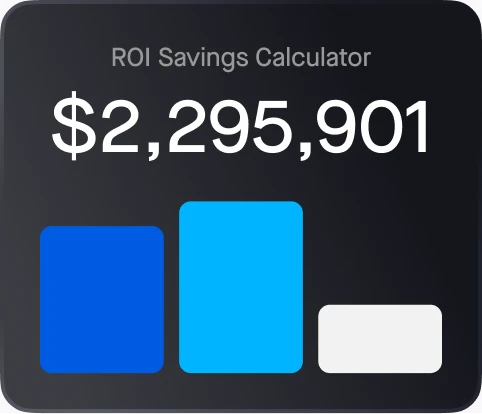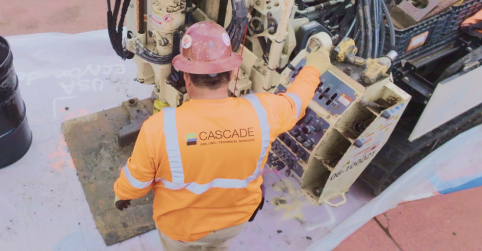The trucking industry is the backbone of the physical economy, transporting goods across vast distances and ensuring that supply chains stay operational. However, trucking companies face numerous challenges, from protecting drivers on the road to running an efficient business. To address these challenges, industry leaders are turning to AI, specifically computer vision. Computer vision is transforming trucking operations by improving safety, optimizing performance, and cutting costs.
How computer vision works in trucking
Physical AI involves training models to interpret and analyze visual data. In trucking, this technology is applied to critical tasks that enhance both safety and efficiency:
- Real-time driver monitoring: AI-powered cameras can detect unsafe driving behaviors, such as distracted driving or speeding, and alert drivers and fleet managers in real time. This proactive approach prevents accidents before they occur.
- Blind spot detection: Large trucks have significant blind spots, increasing the risk of collisions. Computer vision provides a 360-degree view, helping drivers identify hazards and avoid accidents. Blind spot monitoring uses sensors to detect vehicles in adjacent lanes that may not be visible in the mirrors. It alerts the driver with a light or sound, indicating it’s unsafe to change lanes.
- Cargo security: Theft is a major concern in the trucking industry. AI-powered surveillance systems monitor cargo and alert managers to unauthorized access, minimizing the risk of theft and loss.
Motive’s Physical Economy Outlook 2024: The power of AI in trucking
According to Motive’s Physical Economy Outlook 2024, trucking companies are increasingly investing in AI to improve operations:
- 76% of leaders view AI as essential for monitoring vehicles and operations.
- 40% believe AI significantly enhances driver safety.
- 32% say AI helps predict maintenance needs for vehicles, reducing downtime and repair costs.
These insights underline the growing importance of AI in modern trucking operations.
Enhancing safety and efficiency
Beyond addressing safety concerns, computer vision supports operational efficiency and quality assurance. Key benefits include:
- Accident prevention: By detecting unsafe behaviors, AI systems help reduce at-fault accidents and improve overall road safety.
- Preventive maintenance: AI-powered cameras monitor vehicle performance, identifying potential mechanical issues before they cause breakdowns.
- Smarter routing: Real-time data from computer vision systems helps optimize routes, saving time and fuel.
We’re already seeing significant improvements in keeping our drivers safe and prepared. Motive’s AI features bring our ability to alert unsafe conditions and proactively coach to a new level, keeping our drivers safer and our liability lower.
The future of computer vision in trucking
As AI technology continues to evolve, the potential applications for computer vision in trucking are vast. Predictive models can forecast equipment failures, allowing fleets to schedule preventive maintenance before breakdowns occur. Advanced AI systems also help trucking companies plan better routes, cut costs, and improve delivery times.
Conclusion
The time to embrace computer vision in trucking is now. This transformative technology can help companies improve safety, enhance operational efficiency, and reduce costs. Stay ahead of industry challenges by integrating AI-powered solutions into your fleet operations.




